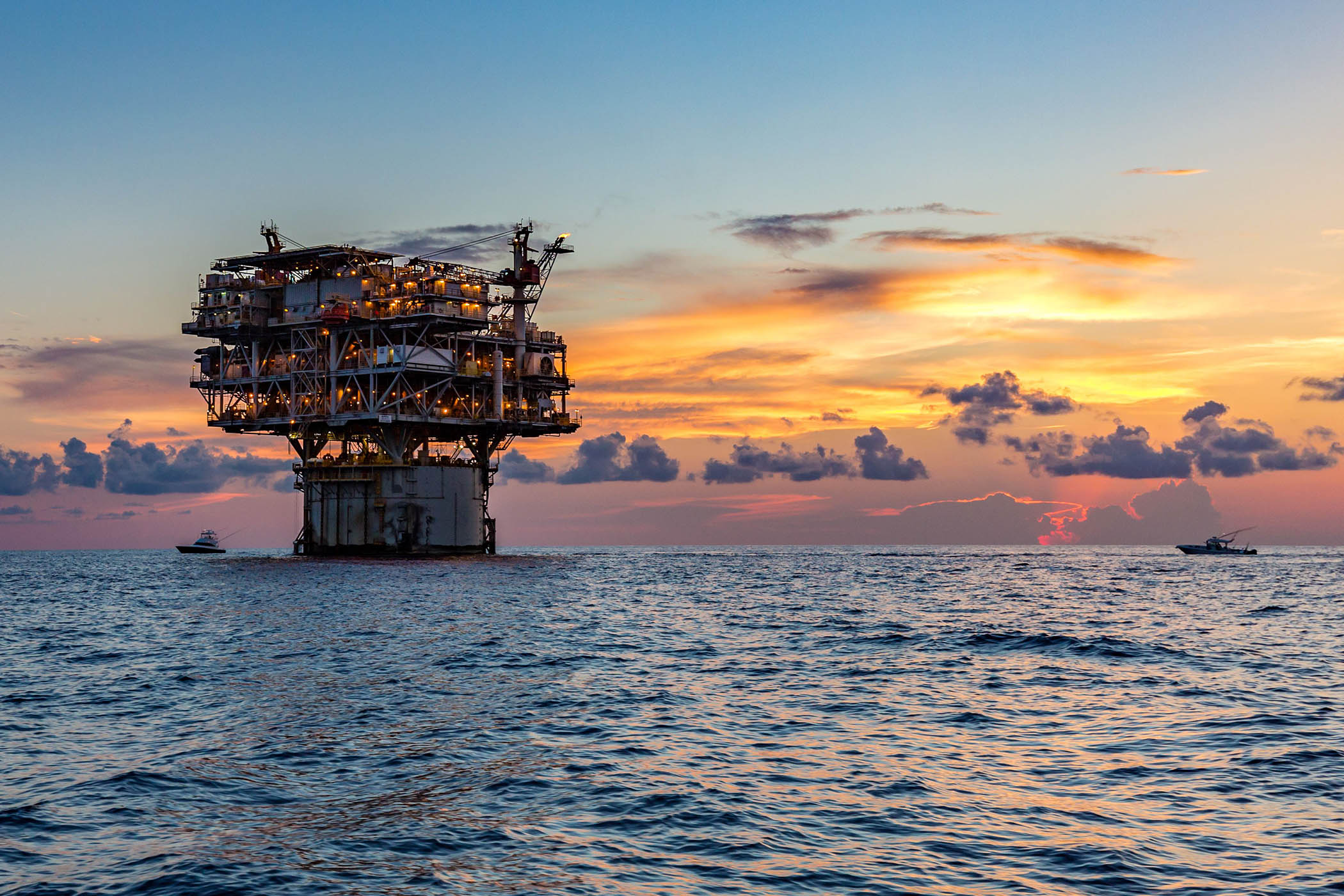BP has approved a new $5 billion oil and gas drilling platform in the Gulf of Mexico, which is expected to start production in 2030.
So what? It’s part of a trend. Shell and Norway’s Equinor have also slashed their green energy investments and are doubling down on oil and gas. This means
•
more carbon emissions;
•
the transition to net zero could be delayed; and that
•
China could pull even further ahead in the race to lead the green energy transition.
Distant memory. In 2020 BP made one of the fossil fuel sector’s most ambitious climate pledges. It announced a tenfold increase in investment in renewables by 2030, focusing on wind farms and solar parks, and a target to reduce its oil and gas output by 40 per cent.
Backtrack. Those plans have been thrown out the window. In February BP said it would grow its fossil fuel investments by 20 per cent while cutting its annual spend on green energy from more than $5 billion to around $2 billion.
Rationale. BP had been under mounting pressure from investors after its income dropped from $13.8 billion in 2023 to $8.9 billion in 2024. The company’s CEO said its green shift had gone “too far, too fast” and that it was now focusing on “growing long-term shareholder value”.
Mixed bag. Several of BP’s early green investments were badly judged, such as paying over the odds to secure an option to build wind farms in the Irish Sea. This hurt its balance sheet.
And the rest. This year Shell outlined plans to halve its green investments by 2030, cutting them to just 10 per cent of capital expenditure. Equinor has also announced plans to reduce its renewable spend by 50 per cent and ramp up oil and gas production, saying the transition to clean energy had proved less profitable than expected.
Time bomb. These decisions ignore warnings that global emissions need to come down by 43 per cent by the end of the decade to keep warming under 1.5C, the international target.
Trump card. But the political climate is very different from five years ago. Donald Trump misses no opportunity to urge oil companies to drill more or to note that the US – which lifted a 40-year ban on oil exports in 2015 – is now the world’s biggest oil producer. His administration has
•
scrapped tax credits for wind and solar projects;
•
opened pristine areas of Alaska’s wildness to drilling; and
•
told energy department officials to avoid words like ‘climate change’, ‘decarbonisation’ and ‘green’.
Boom times. Oil and gas prices have also soared since Russia’s full-scale invasion of Ukraine, bringing bumper profits for the sector. As Equinor boss Anders Opedal put it in February: "If prices go down, less wells will be drilled. If it goes up, more will be drilled."
A different story. China, meanwhile, is ramping up its spending on renewables. Last year its clean energy investments reached $940 billion, almost as much as the global spend of $1.12 trillion on fossil fuels. The renewables sector is now driving a quarter of China’s economic growth and it is by far the world’s leading supplier of batteries, solar panels and electric vehicles.
Short-term thinking. Oil and gas demand is set to peak by the end of this decade, as more renewable energy sources come online, and will decline to 45 per cent below today’s level by 2050 if national climate pledges are kept.
That is a big if… but even if those pledges are not kept, governments encouraging more drilling and spurning renewables might find themselves playing catch-up in a decade or so.

